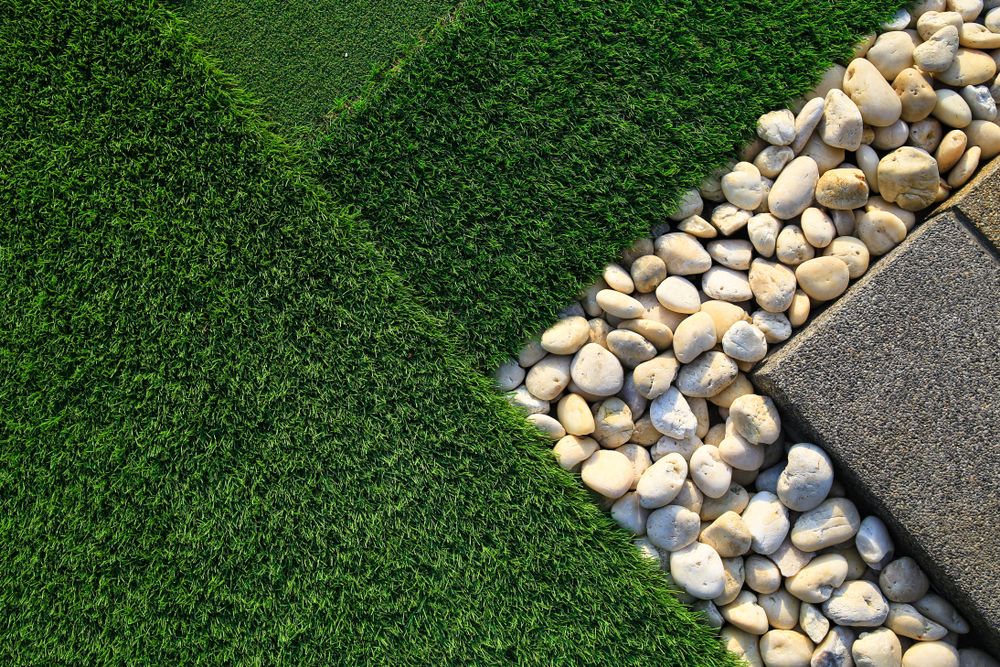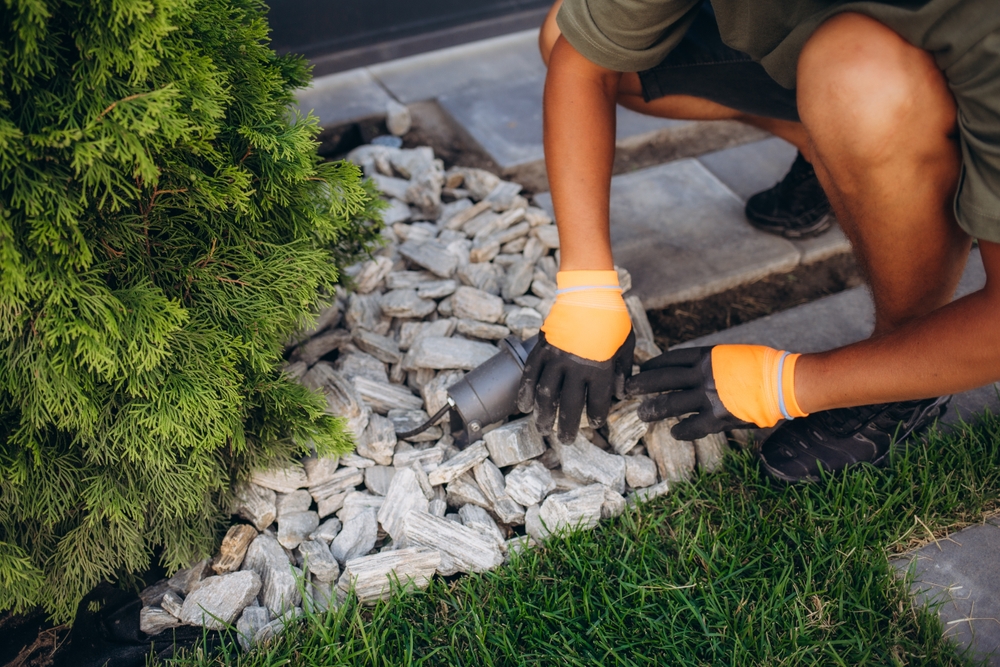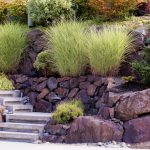When it comes to creating a flourishing garden, proper drainage is a fundamental aspect that should not be overlooked. Inadequate drainage can lead to a host of problems, including waterlogged soil, root rot, and erosion.
Fortunately, there’s a natural and aesthetically pleasing solution: rocks. In this guide, we’ll explore how to incorporate rocks into your garden for effective drainage and healthier plants.
The Science of Garden Drainage
Before delving into the specifics of rock-based drainage, let’s understand why garden drainage matters. Plants require a balanced supply of air, water, and nutrients to thrive. When soil becomes waterlogged due to poor drainage, it deprives plant roots of essential oxygen, leading to a slew of issues. These issues can include stunted growth, yellowing leaves, and even plant death.
Furthermore, excess water can wash away valuable topsoil and nutrients, leaving your garden depleted and vulnerable to erosion. To prevent these problems, it’s crucial to implement an efficient drainage system in your garden.
Types of Garden Drainage Systems
Several drainage systems are commonly used in gardens, each with its unique benefits. Two popular options are French drains and gravel trenches. French drains involve a perforated pipe surrounded by gravel, which efficiently directs water away from problem areas. Gravel trenches, on the other hand, consist of shallow ditches filled with gravel to facilitate water movement.
The choice between these systems depends on factors like the severity of your drainage issue and the layout of your garden. French drains are excellent for redirecting water from foundations or low-lying areas, while gravel trenches can effectively manage surface runoff.
Benefits of Using Rocks for Drainage
Now, you might wonder why rocks are a valuable addition to your garden’s drainage system. Rocks offer several advantages when it comes to improving drainage:
1). Improved Aeration:
The gaps between rocks allow for better soil aeration, ensuring that plant roots receive the oxygen they need.
2). Preventing Waterlogging:
Rocks create space in the soil, preventing it from becoming waterlogged and suffocating plant roots.
3). Preventing Erosion:
Rocks help anchor the soil, reducing erosion caused by heavy rainfall or runoff.
4). Aesthetic Appeal:
Beyond their practical benefits, rocks can add visual interest and texture to your garden, enhancing its overall beauty.

Choosing the Right Rocks
To make the most of rocks for garden drainage, it’s essential to select the right type of rocks. Several factors come into play when choosing rocks for this purpose:
- Size: Opt for rocks of varying sizes to create air pockets in the soil. Larger rocks can serve as a foundation, while smaller ones fill gaps.
- Shape: Rounded rocks can aid in water distribution, while angular rocks offer stability when used in retaining walls or trenches.
- Porosity: Porous rocks, such as lava rock or crushed gravel, are excellent choices, as they absorb excess water and release it slowly.
When sourcing rocks, consider local suppliers or quarries for cost-effective and sustainable options.
Designing Your Rock Drainage System
Designing a rock-based drainage system requires careful planning to ensure both functionality and aesthetics. Here are the steps to follow:
1). Assess the Problem Areas:
Identify the areas in your garden with drainage issues. These might include spots where water pools after rain.
2). Plan the Layout:
Sketch a rough layout of where rocks will be placed. Consider creating slopes to direct water away from problem areas.
3). Choose Locations for Rocks:
Determine where rocks will be most effective. They can be used in trenches, as borders, or in raised beds.
4). Consider Plant Placement:
Plan the placement of your plants around the rocks, keeping in mind their watering needs and growth patterns.
5). Add Decorative Elements:
If aesthetics are a priority, incorporate decorative rocks or stones to enhance the visual appeal of your garden.
Installing Your Rock Drainage System
Once you have a well-thought-out design, it’s time to put your plan into action. Installing a rock drainage system involves several steps:
1). Prepare the Soil:
Clear the area of debris, weeds, and rocks. Loosen the soil to facilitate drainage.
2). Lay the Foundation:
Start with a layer of larger rocks or gravel at the base of the drainage area. This helps with stability.
3). Arrange the Rocks:
Place rocks strategically according to your design. Ensure they fit snugly and won’t shift over time.
4). Fill Gaps:
Use smaller rocks or gravel to fill gaps between larger rocks, creating a stable surface.
5). Test the System:
After installation, observe how water flows and make adjustments if needed.
Maintenance and Care
Maintaining your rock drainage system is essential for its long-term effectiveness. Here’s how to care for it:
1). Weed Control:
Regularly check for weeds that may grow between rocks and remove them promptly to prevent clogs.
2). Clear Debris:
Remove leaves, twigs, and debris that could block water flow through the rocks.
3). Inspect for Settlement:
Periodically inspect the rocks for settling or shifting, and reposition them as necessary.
4). Add Mulch:
Applying mulch around rocks can help conserve moisture and reduce weed growth.
Final Thoughts
Incorporating rocks into your garden for drainage is a practical and visually appealing solution to common garden problems. By understanding the science of drainage, selecting the right rocks, and following proper installation and maintenance techniques, you can create a garden that thrives while adding a touch of natural beauty.
So, roll up your sleeves, gather your rocks, and get ready to transform your garden into a healthier and more vibrant outdoor space.
At Rokworx, we understand the importance of high-quality rocks in creating stunning water features. With our wide selection of rocks in various types, sizes, and colours, you can find the perfect rocks to bring your water feature vision to life. Our knowledgeable team is dedicated to providing excellent customer service and assisting you in selecting the right rocks for your project.
Please call us today for more information at (03) 9000 0588 or leave a message.



